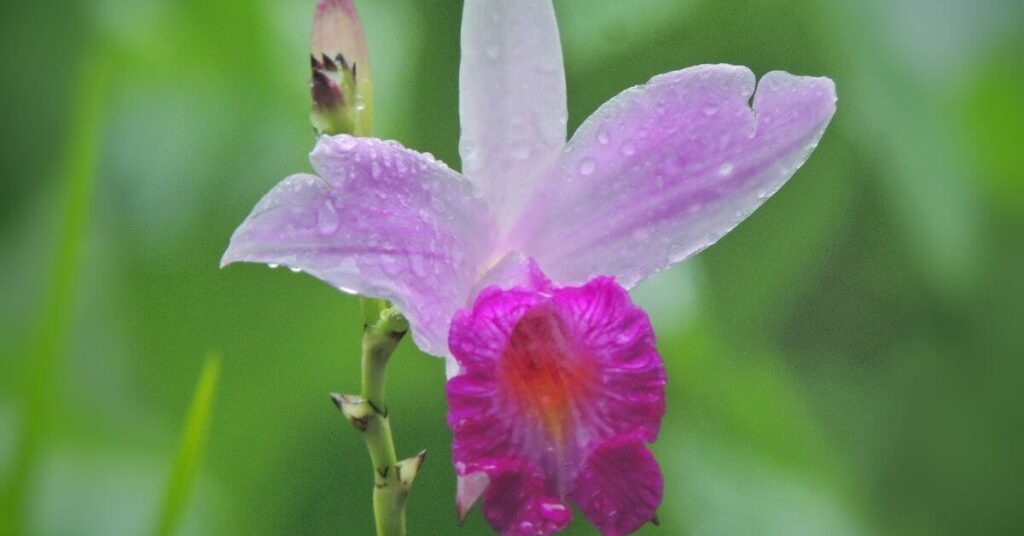Azaleas are ornamental plants that captivate gardeners and nature enthusiasts alike with their breathtaking beauty and a variety of vibrant colors. Originating mainly from Asia, these plants belong to the Rhododendron genus and are renowned for their stunning flowers and decorative foliage. In this article, we will explore the fascinating journey of azaleas, from their origin to essential care tips to ensure these plants flourish in all their splendor in your garden.
I. Origins and Varieties
Azaleas have a long history dating back centuries, having been cultivated in Japan, China, and Korea before winning the hearts of gardening enthusiasts worldwide. There are thousands of azalea varieties, each presenting unique characteristics of color, shape, and size. From dwarf azaleas perfect for small gardens to larger varieties that can become true highlights in extensive landscapes, there is an azalea for every taste.
Among the most popular varieties are the Kurume-type azaleas, known for their small and compact flowers, and large-flowered azaleas that impress with their lush and vibrant petals. Other categories include deciduous azaleas and evergreen azaleas, each contributing unique features to your green space.
II. Ideal Growing Conditions
For azaleas to flourish in all their splendor, it is crucial to provide the ideal growing conditions. Here are some essential points to consider:
- Suitable Soil: Azaleas thrive in acidic and well-drained soils. A mix of peat, pine bark, and perlite is ideal to provide the right environment for the healthy growth of azaleas.
- Lighting: While some varieties can tolerate partial shade, most azaleas prefer locations with filtered sunlight. Plant them in a spot that receives at least a few hours of indirect sunlight each day.
- Moderate Watering: Azaleas dislike waterlogged soil but also cannot tolerate extreme dryness. Keep the soil consistently moist, watering regularly, especially during dry periods.
- Fertilization: Fertilize azaleas in spring before the onset of blooming and again in the fall. Use a balanced fertilizer formulated for acid-loving plants to ensure they receive the necessary nutrients.
- Proper Pruning: Perform light pruning to shape the plant and remove faded flowers. More significant pruning should be done after flowering to encourage new, healthy growth.
III. Common Issues and Solutions
While azaleas are generally hardy, they may encounter some common problems that gardeners should be aware of. Here are some frequent issues and their solutions:
- Fungal Diseases: Azaleas can be susceptible to fungal diseases such as powdery mildew and downy mildew. Use azalea-specific fungicides and maintain good garden hygiene practices to prevent these infections.
- Harmful Insects: Scale insects, aphids, and mites are common pests that can affect azaleas. Control these infestations with suitable insecticides or natural solutions such as insecticidal soap.
- Leaf Yellowing: Leaf yellowing can be caused by various factors, including nutrient deficiency, improper soil, or watering issues. Conduct a soil analysis and adjust fertilization as needed.
IV. Uses in Landscape Gardening
Azaleas are a stunning addition to any landscape, and their diverse varieties offer countless design possibilities. Here are some ways to incorporate azaleas into your garden:
- Flower Beds: Plant azaleas in flower beds to create a carpet of vibrant colors. Combine different varieties for a diverse and impactful look.
- Paths and Edges: Use dwarf azaleas along paths and edges for a colorful and inviting border.
- Mass Plantings: Group similar varieties of azaleas to create masses that stand out in the garden. This technique creates impressive focal points.
- Pots and Containers: Azaleas in pots or containers are ideal for patios, balconies, and small areas. Choose compact varieties for maximum visual impact.
V. Celebrating the Blooming Season
The blooming season of azaleas is a spectacle that deserves celebration. Plan visits to botanical gardens or local azalea festivals to appreciate the diversity of colors and shapes these plants can offer. Capture your own azaleas in full bloom and share the beauty of these flowers on social media, inspiring others to appreciate this marvel of nature.
Conclusion
In summary, azaleas are extraordinary ornamental plants that bring beauty and enchantment to any garden. With an impressive variety of colors and shapes, these versatile plants can be incorporated in various ways into the landscape. By providing the ideal growing conditions and proper care, you can enjoy the stunning blooms of azaleas season after season. Make azaleas a special part of your garden and discover the joy of cultivating these botanical wonders.






